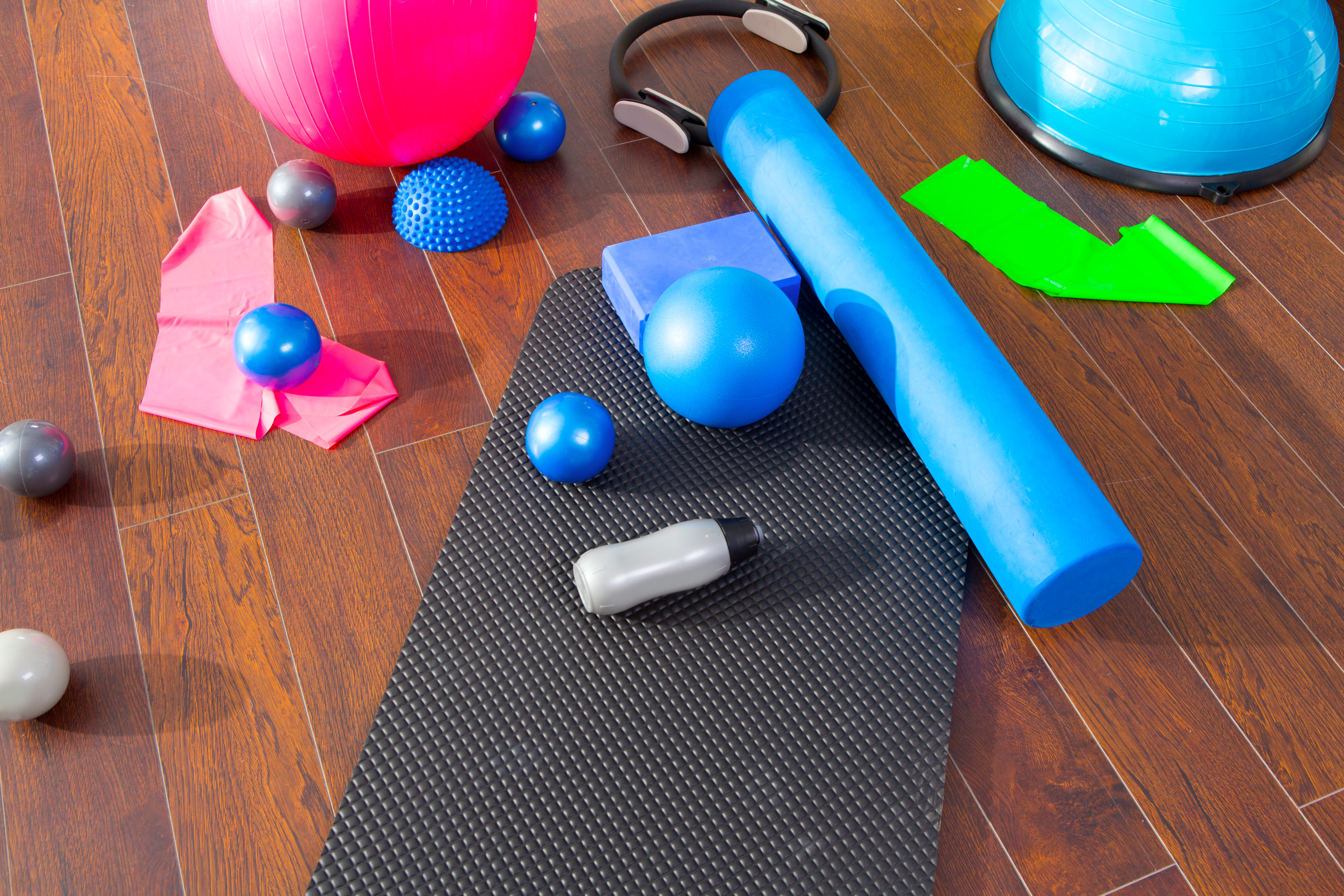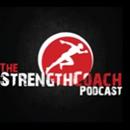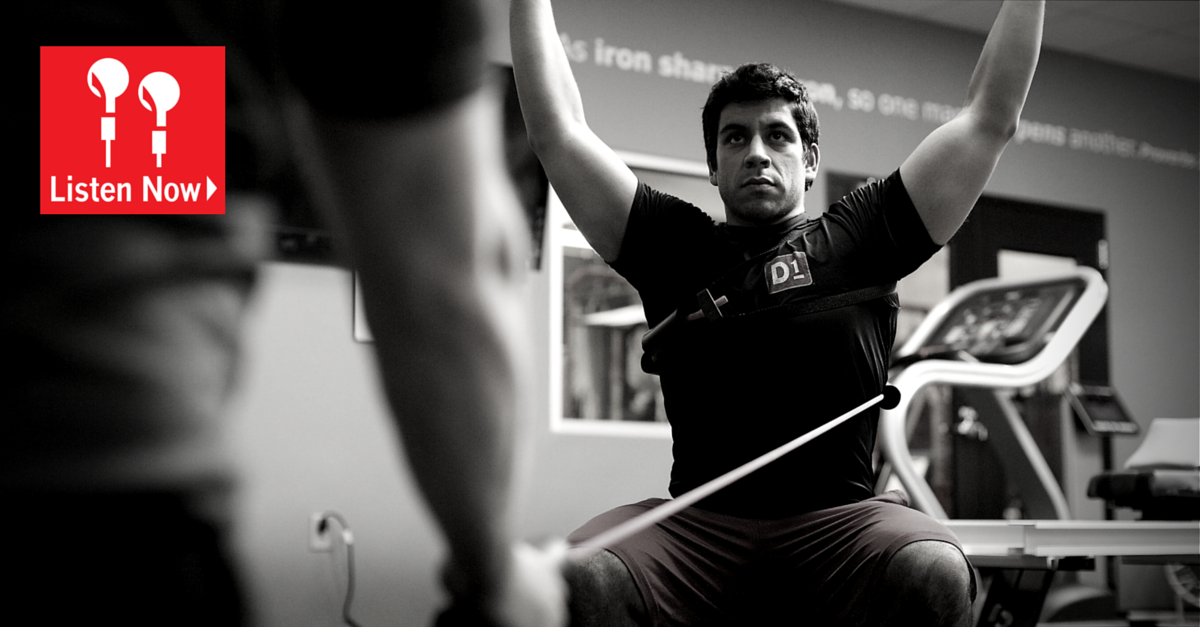Don't Give Up and Don't Get Hurt
Written by Gray Cook FMS Pod Casts
I want to continue on the thread of Physical Education. My most recent articles have focused on the many shortcomings that have emerged in the educational environment. Please understand that my critique is based on the inability to create change and not the intent. I want to force us all to rediscover that intent and work together to accept this development in a systematic way—because life depends on it. What I hope to offer are the beginnings of a humble solution, while striving for clear communication and objective accountability.
Now, I’d like to talk about an environment beyond education. When we go into specialized jobs or activities or even professional sports, there’s an entirely different kind of physical education and development that needs to occur.
When we try to introduce a new subject matter, like Functional Movement Screening, in an environment that already has an established physical culture, it’s going to make waves and send ripples. Chief Alan Brunacini from the Phoenix Fire Department embraced the fitness message and wanted his firefighters to benefit from that. But he understood that bringing in fitness experts to tell firefighters how to be fit enough to do their job better would cause problems.

People like to learn from people who respect their roles, knowledge and abilities. Chief Brunacini made a brilliant decision: instead of bringing in trainers, he sent out a few select firefighters to become acquainted with and educated on the most important facets of physical development. They focused on a fitness standpoint for injury reduction and increased physical competence and independence.
Let’s take people who know the intangibles and teach them some of the rules of fitness, some very smart rules of fitness. When trying to implement movement screening into athletics, it’s always great to have the team captain on your side. That’s happened to me in the NFL and in the NHL. When the veterans buy in, the rookies don’t have a choice. If the rookies buy in too quickly, you lose the veterans because they’re exposed to too many new fads every day. They didn’t become veterans by chasing every one of them.
Always think about who you’re pulling in when you’re exposing a group of highly competent, highly specialized and well-trained people to information. They would rather hear fitness information from somebody who knows what they know. Having said that, what if I were going to introduce movement screening as a physical management tool in the military? I would not have the people who do your rehabilitation administer the movement screen. That’s not the context with which we want it.
The people pushing you toward physical excellence, the same people counting your pull-ups and push-ups, should be the ones screening your movement.
The pressure cooker they perpetuate finds weak links and develops them in an accelerated manner. Those who understand what we are trying to do use the FMS to accelerate development for a competitive advantage. Remember—a deficiency on a test is not failure. It simply identified something to be associated with any futurefailure to develop. A deficiency on a screen or test is an opportunity to avoid failure by responsibly managing your weakness.

We should hold movement in the same proactive light as physical fitness, not in the reactive light of physical rehabilitation. Don’t do movement screens in rehab, in a rehab setting or even with rehab staff. Do movement screens with a staff that pushes physical excellence, and imparts, through both gesture and action, the concept that movement is a vital part of that excellence.
If you want to introduce the movement screen to highly specialized groups, take the extra time to find the leaders—the alpha wolves, the people who are in charge of and held accountable for physical excellence. I think our penetration in the NFL probably came more through strength coaches than through rehabilitation professionals. We’ve had a few rehabilitation professionals that had such a good rapport with the strength conditioning coach that they were able to get it through, but for the most part, the places where the movement screen is more sustainable in pro athletics is when it’s embraced by the strength coach. I think it’s appreciated by the rehabilitation staff—but should not be seen as rehabilitation or a remedial effort. It should be seen as one more thing to help you approach physical development, especially if a vetted test identifies you as below average.
When I visit an organization to do a seminar or work with athletes, there’s always that one person they want me to see. If I can convince that person—if I can generate a better diagnosis, a better plan of attack or create a better movement situation for that person—then their action and sometimes their verbal endorsement is all the program needs. If I can’t convince the team leader that I’ve got a good idea for your team, then I don’t deserve to talk to the team.
I have found that when I go into the arena of physical excellence, whether it be athletic or tactical, they’re not interested in my research projects. They’re not interested in the articles or books I’ve written.
They want to hear a practical, no nonsense explanation of why this system is better than what they’re currently doing. They want to hear about the fail-safes we’ve built in to help them avoid wasted time during physical development.
Also remember that the first part of physical education and development we let occur is natural selection, you simply don’t make the cut. If you can’t make it to pro football or if you can’t get on a college football team or if you can’t make the minimum requirements to get into the military, you probably wouldn’t have been successful there anyway.
Countless conversations have led me to identify a pattern in the development of our Navy SEALs. Sure it’s oversimplified, but it catches bad patterns and they definitely don’t want bad patterns: when someone goes to BUDS training (Basic Underwater Demolition/SEAL training,) there are only two things that he has to do: don’t ring the bell and don’t get injured.
Number one: don’t give up.
Number two: don’t get hurt. Understand your limitations and function as close as you can to them. If you go beyond your limitations make it intentional development. Make it count. You should be getting a gold medal or saving your life or someone else’s.

You may not finish first, but you don’t need to finish last. We see too many injuries occurring in training and exercise. Inevitably, in the future, people who exercise will be more prone to injury than people who don’t. That’s going to make exercise look bad—like an unnecessary risk factor when really it’s the other way around. Just don’t take unnecessary risks in your physical development and exercise until it counts—until makes a difference.
What’s the best way to not get injured? Know your capabilities, but push yourself. Know your weaknesses, and work on them. The work you do today is the foundation of adaptation.
I saw a great T-shirt at a cross country meet that said, “When you start the race, don’t be an idiot. When you finish, don’t be a wimp.” It’s the same message. Run the race you are meant to run. Run the race you trained to run. Do the things you are capable of and when it comes to those last four seconds or those last four minutes or those last four reps or whatever, don’t be a wimp. You’re already on the right path, work as hard as you can. Remember my premise: I don’t believe we can instruct physical development better than nature. I think we can do it safer andfaster.
You will have a hard time proving that we can do it better than nature. Look at the example of how many athletes have emerged from obscurity to earn gold medals. They’re self-trained. They didn’t have the pedigree, the university backing or the sponsorships. They didn’t get to be a pro for four years before they competed in the Olympics. They overcame many unbelievable obstacles to get where they got. They made mistakes and they learned from the mistakes quicker than the rest.

This is why I think books like The Talent Code or Talent is Overrated are important. We need to know that the talent (we see in those people we want to emulate with our physical activity) comes from deliberate practice. Even if they don’t use worddeliberate, that’s the way they practice. Every one of us has that one thing we do pretty darn good. Look closely at the way that you embrace and refine those talents, you’ll see what other people do with physical art.
You quickly see the bottlenecks to physical development when you start with movement. If people don’t move well, they can’t benefit from the environmental stresses because they have no other play. Think SAID Principle—they can’t have any adaptation because they’re already in compensation. They don’t get to push their physical limits, yet because they’re in compensation they fatigue early anyway. They don’t get to spend as much time learning the skill and soon fall by the wayside and have less than optimal performance.
All because their movement was inefficient.
The inefficiency pointed them in a direction more toward an injury or more toward a general lack of physical development and not many of us will stay in an environment that doesn’t give us a lot of success or gives us continuous failure. Not all of us are built like Rudy, enduring for four years and hoping to get a start. Most of us will move on.
What is our job? Our job is not to create a situation that will end in major failure four years from now. We need to offer sustainable, little lessons. Small failures, if you will, that you can learn from and that will quickly keep you on track. Your pride, your agenda and your calendar—those may get injured, but your body won’t. Nature will let you get injured if you’re dumb enough to get injured.
Let nature provide the variety. You provide the “don’t quit and don’t get hurt” and I think you’ll do fine.

Related Resources
-
Move, Accelerate, Explode
Posted by Jon Torine
-
Cool Exercise Guy
Posted by Eric D'Agati





